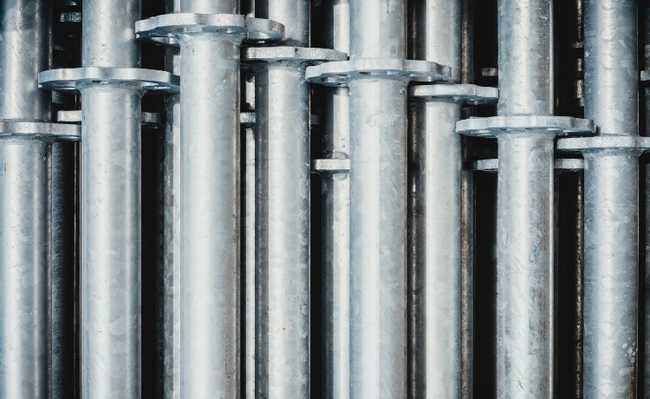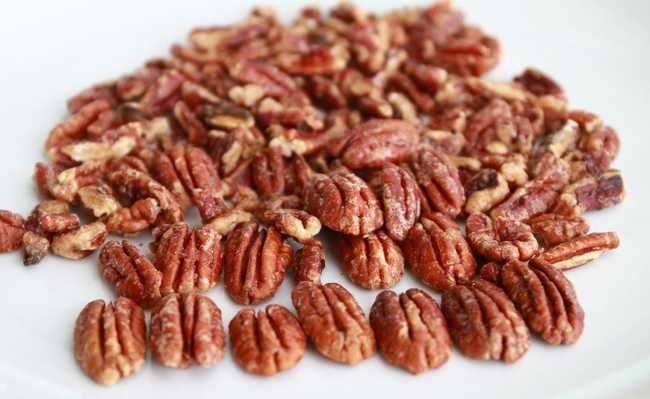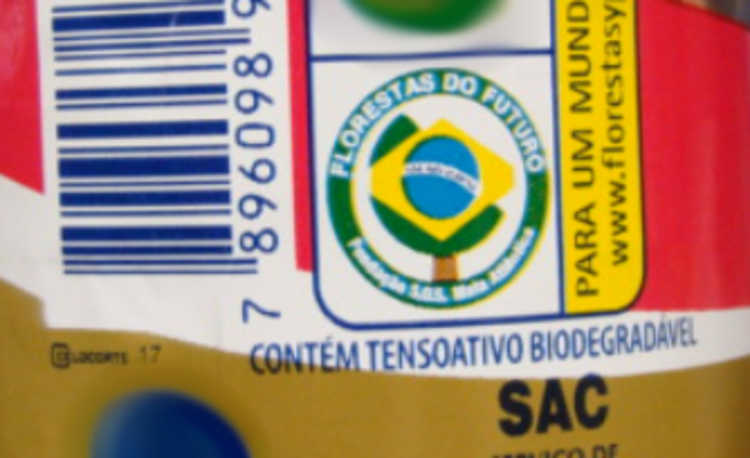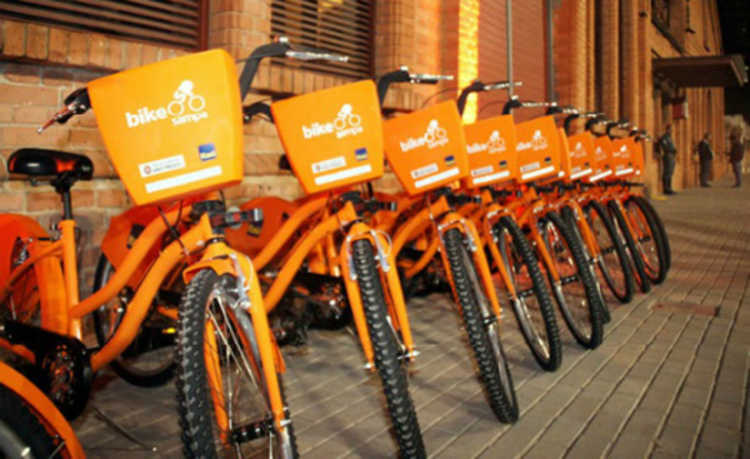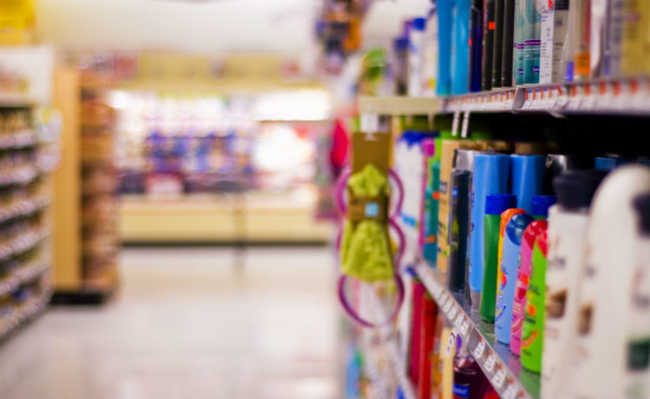Plastic recycling: how does it happen and what does it become?
There are three types of plastic recycling. Understand how they work and their importance
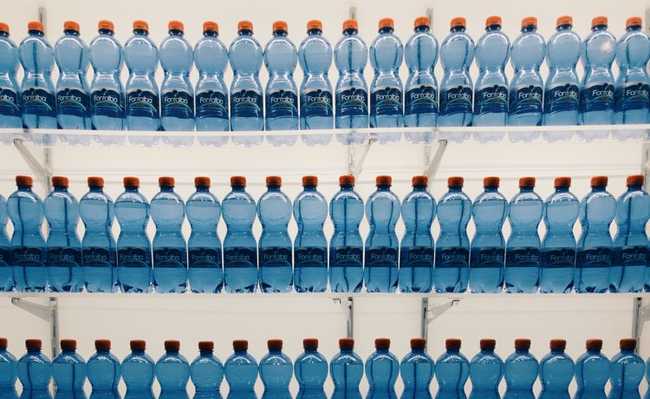
Image: Giuseppe Famiani on Unsplash
Many products and packaging made with plastic material have a symbol indicating that they are recyclable, depending on the type of plastic they are made from. But have you ever wondered how plastic recycling is done?
In general, the recycling of discarded plastic basically consists of three processes:- Collection and separation: is the separation of waste according to its material;
- Revaluation: is the phase in which the material that has already been separated goes through a process that makes it become raw material again;
- Transformation: phase in which the material transformed into raw material generates a new product.
- Garbage separation: how to properly separate garbage
Now that we know what the basic recycling processes are, let's understand how the material transformation process takes place. There are three types of recycling, which generate different types of products and benefits:
1) Mechanical Recycling
It is the most common method. It consists of transforming plastics (both those from industrial surpluses - virgin leftovers from the production process - and post-consumer discards - materials recovered from the garbage through selective collection) into small granules, which can be used in the production of new materials , such as garbage bags, floors, hoses, non-food packaging, car parts, among others.
The way in which it works is already known to those who are familiar with the world of recycling. First, the collection of discarded plastic takes place through associations of collectors, cooperatives or municipal collection. Then, in these places, separation, sorting of the different types of plastic and cleaning takes place, to remove residual dirt from the contents. After all this process, the granulated plastic is produced. Learn more in "What is mechanical recycling?".
2) Chemical Recycling
This is the most elaborate model, which reprocesses plastics to transform them into basic petrochemical materials, which serve as raw material for the creation of high quality products.
If we compare chemical and mechanical recycling, it has greater flexibility in composition and is more tolerant to impurities, that is, it does not require such thorough screening. However, the chemical model is more expensive and requires huge amounts of plastic to be economically viable.
To learn more about it, go to "What is chemical recycling?"
3) Energy Recycling
It consists of the technology that recycles plastics by transforming them into thermal and electrical energy, through incineration, allowing the use of the calorific value stored in plastics. In addition, this type of recycling also allows plastics to be used as fuel.
Energy recycling is very important, as it creates new energy matrices and also brings a great benefit to cities, alleviating the weight of the issue of the destination of urban waste.
Thirty-five countries currently use this recycling method. In these countries, more than 150 million tons of urban waste are treated per year in around 750 energy recycling plants, thus generating 10,000MW of electrical and thermal energy. But, unfortunately, this type of recycling is still not practiced in Brazil - despite being widely spread abroad and widely used in countries like Norway, the implementation method is expensive and Brazil has only one experimental plant, the Usina Verde , located on the campus of the Federal University of Rio de Janeiro (UFRJ). Learn more in the article: "What is energy recycling?".
What does recycled plastic become?
If you're dying to know what plastic can become, your wait is almost over. The resin obtained after recycling plastic can give rise to unthinkable objects. Take a look:
| Resin | Product produced after recycling. |
| PET | Fiber for carpet, fabric, broom, cleaning product packaging, miscellaneous accessories. |
| HDPE | Bottles for cleaning products, engine oil, sewer pipe, conduit. |
| PVC | Garden hose, sewer pipe, traffic cones, cables. |
| LDPE/LDPE | Envelopes, films, bags, garbage bags, irrigation piping. |
| PP | Car battery boxes and cables, brooms, brushes, oil funnel, boxes, trays. |
| PS | Thermal insulation boards, office accessories, trays. |
| Others | Plastic wood, energy recycling. |
- How to reduce plastic waste in the world? Check out indispensable tips
- Know the types of plastic
- Where do they come from and what are plastics?
- Pros and cons of plastic for the environment
- Non-recyclable plastics: what are they and what to do
- PLA: biodegradable and compostable plastic
- The oceans are turning to plastic
- Understand the environmental impact of plastic waste on the food chain
- What is ocean plastic?
- There are microplastics in salt, food, air and water





